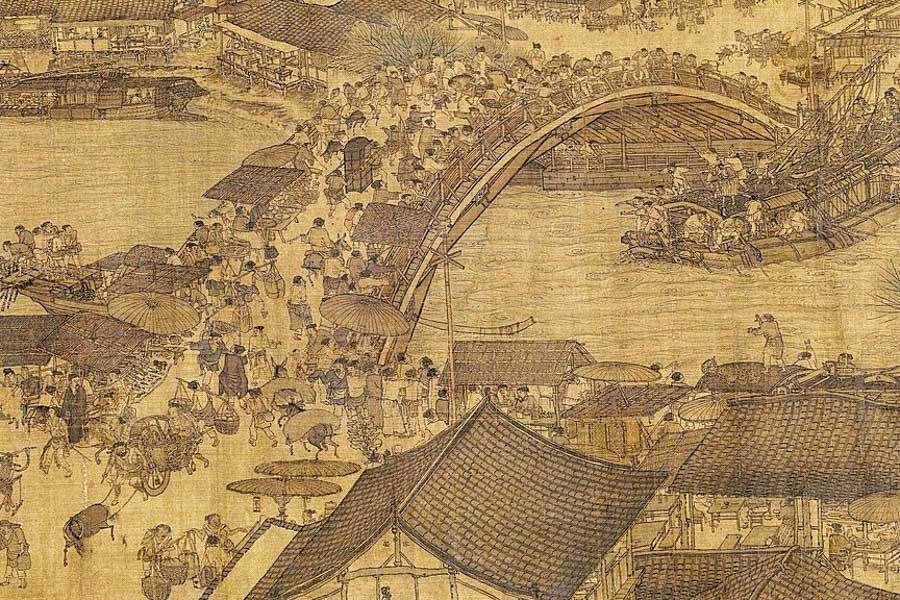
Chinese Painting - the Harmony of Mind and Feelings
Painting is the poetry which gained a form” are the words, the ancient Chinese landscape-painter Guo Xi used to describe Chinese painting. There can be seen a reflection of slightest nuances in it: a butterfly's wings flap, a movement of sands in the desert, a noise of wind.
Chinese painting as a form of fine arts has its own unique traditions and history. It is believed that the origin of Chinese painting belongs to the period of Chang Kuo ("Warring States").
However, its basic canons were established much later in the V-VIII centuries. In particular, it was the period, when Chinese artists began to use ink.
This period saw the genesis of different trends in painting: the portrait genre, natural sceneries, as well as pictures of animals and birds. All this was depicted in ink or plant-based watercolor. Chinese artists mainly drew their paintings on silk or special rolls of specific paper, which could be either vertical (to decorate the walls) or horizontal.
At the core of Chinese painting there is a linear pattern. This feature is directly related to traditional Chinese calligraphy, which is also a kind of visual art in its own way.
Chinese philosophies also had an influence on visual arts. Thus the image of water symbolizes different variations of the divine Providence, while that of stones - the world of the spirits. There is also a tradition to depict plants and trees. Of special reverence is bamboo, which is associated with the Confucian and Taoist philosophies.
Chinese painting is very symbolic. Each element has a certain meaning, which the author has put into it, but the main idea of the whole picture is the harmony of mind and senses, man and nature.

